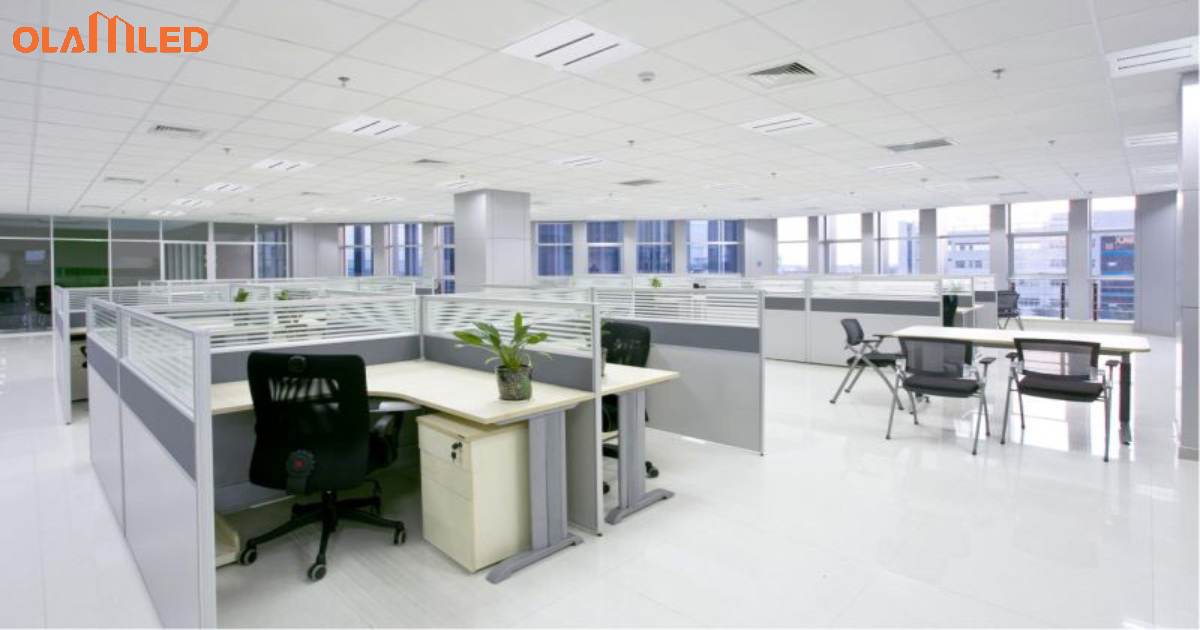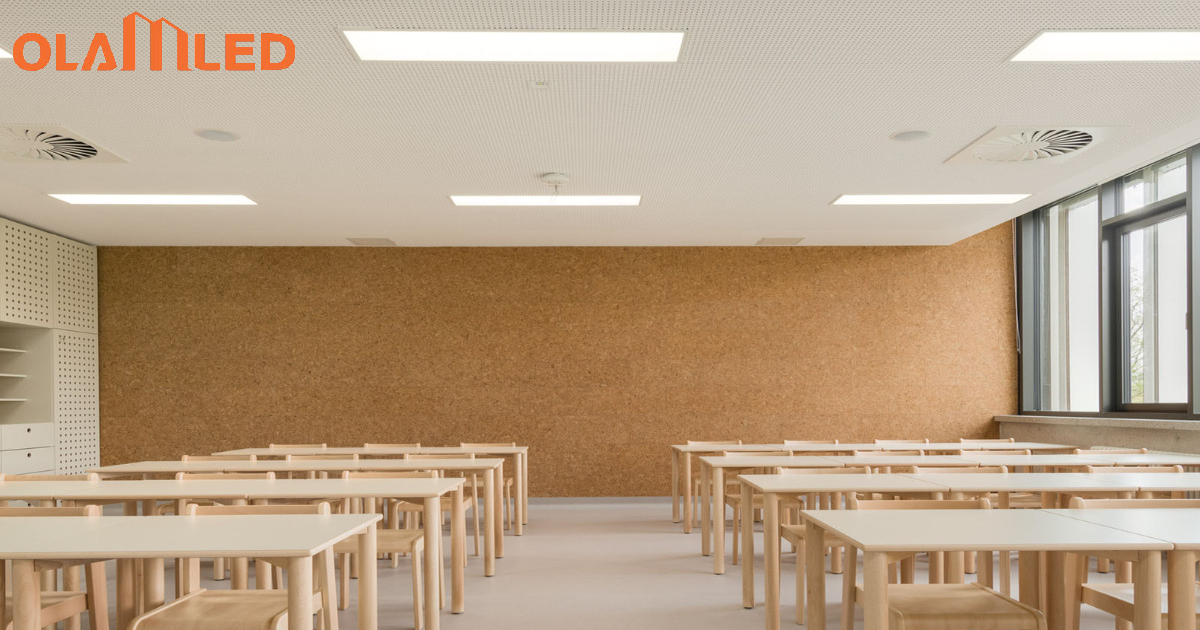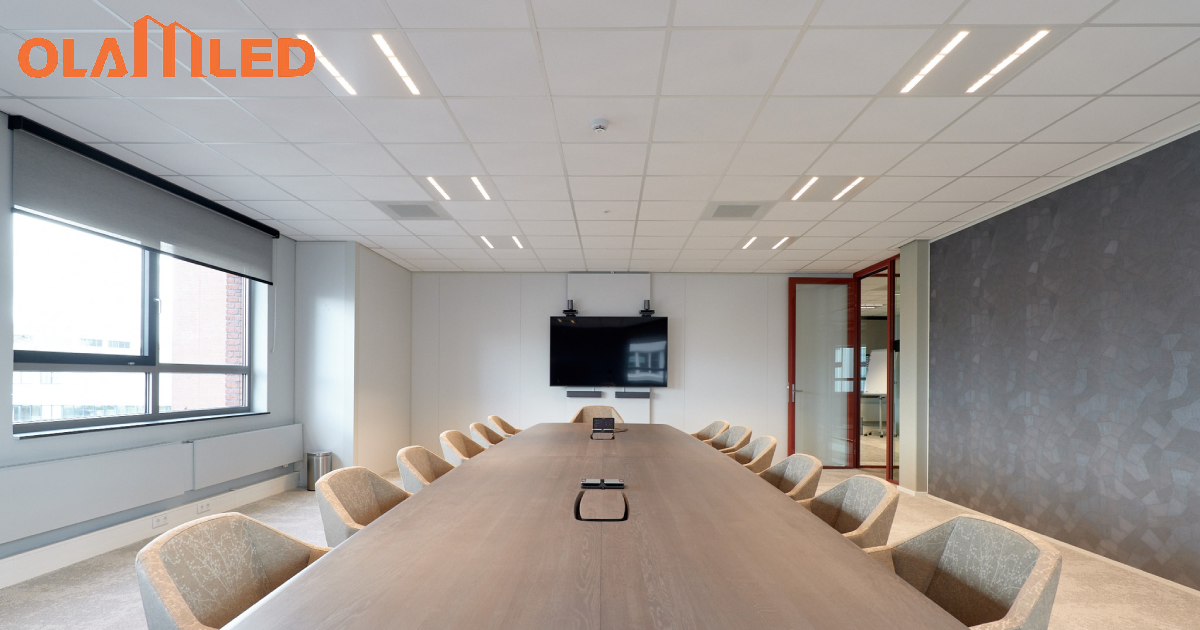● Customer: EGLO HOLDINGS
EGLO HOLDINGS is a locally based company in Berlin that specializes in manufacturing and sales of wiring cables from copper conductors to low voltage power cables and many more
● Location: Berlin, Germany
● Product/service used: Modular Panel Light with Microwave Sensor
OVERVIEW
We were referred to this customer by a previous customer. They requested a new lighting system, as they wanted to replace the traditional lighting system in the company.
They wanted to upgrade their current traditional lighting system in the company to a more eco-friendly lighting system, and they also wanted the lights to turn on and off automatically in response to the presence of a person in the room.
After much deliberation with our team, we concluded that the Modular Panel Light series was best suited for the project, and the microwave sensor was the go-to sensor.
We explained to them that the Modular Panel Lights are composed of individual panels in varying configurations that allow for easy customization and can work as long as modules or drivers are replaced. These panel lights are flexible, long-lasting, energy-efficient, durable, and easy to install.
We also provided our client with a 3D rendering of the PN and PG series modular panel lights to see how they would look in the company’s office. They decided they preferred the PG series modular panel lights, and we recommended the
UGR<16 600×600 40W Modular LED panel light from the PG series
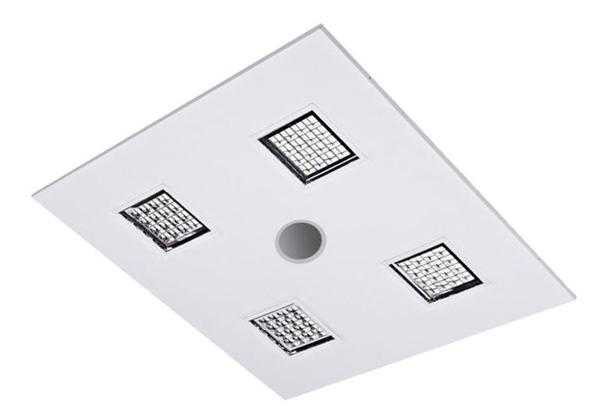
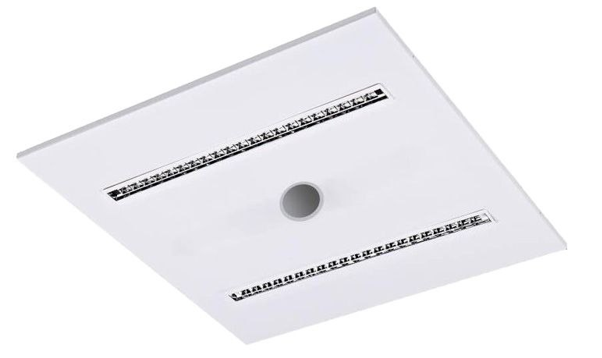
PRODUCT DESCRIPTION
● On/Off function: The motion detector can turn on/off the light based on movement. With the detector inserted, the light is automatically on/off when needed.
● Secondary optical design to protect eyes and prevent eye discomfort.
● Energy saving and easy installation.
● QTY modules are flexible and can be changed easily.
● Enduring high and low temperatures, the surface
is treated by a spraying process and will not be painted stripping if used for a long time.
● Power supply is easy to replace without maintenance performed by professionals.
● The shell, modules, and power supply are easily separated. Led modules get replaced easily and are environmental alternatives.
● Quick task tuning in the field to optimize light levels, color temperature, and power.
● Dimming: Non-Dimming, DALI, and 1-10V dimming.
● High luminous efficacy up to 150LM/W
● Lifespan is about 50000 hours
● The housing material is made up of iron metal
● 3-5years warranty
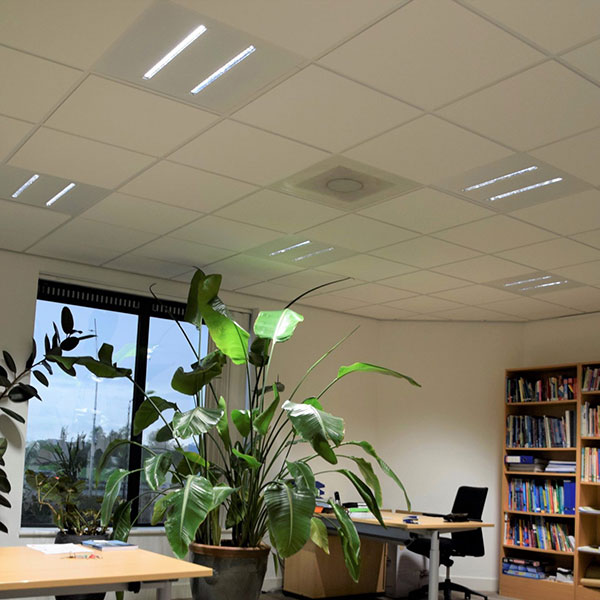
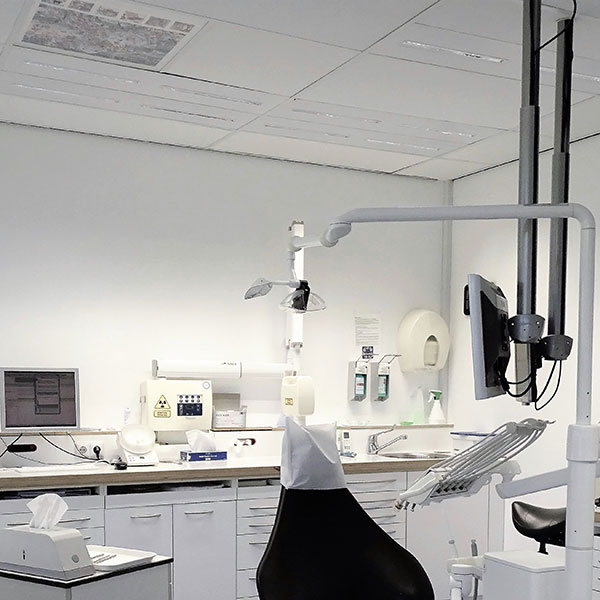
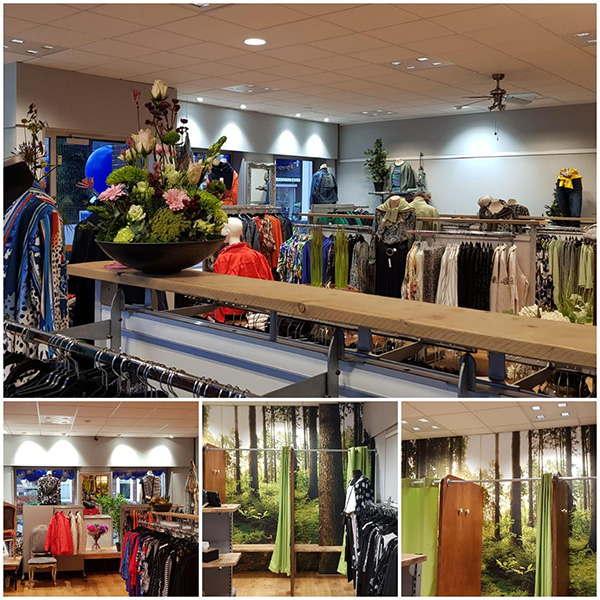
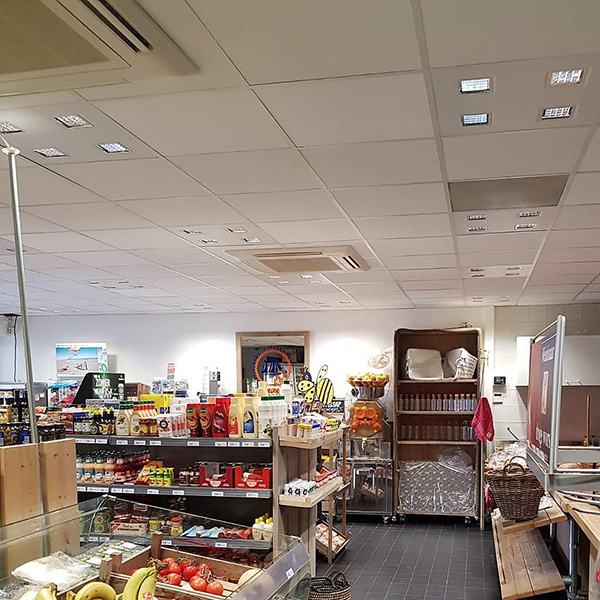
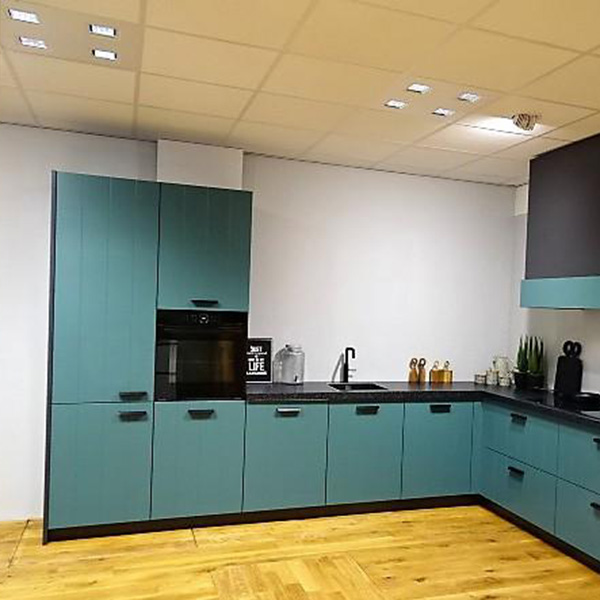
PRODUCT APPLICATION
Modular panel lights with microwave sensors can be widely used in the following places:
● Shopping malls
● Supermarkets
● Showroom
● Supermarkets
CHALLENGES
The customer was concerned about the extreme amount of heat, the traditional lighting system in the company emits. Traditional lighting loses up to 80% of energy to heat, leaving only 20% for light production, making them less energy-efficient.
This also causes most offices in the company to heat – extremely undesirable in warm weather. They also complained about the maintenance cost of the traditional lighting system, as they are considerably more expensive when compared to other lighting systems.
Additionally, they realized that traditional lighting system has much more limited choices when it comes to light colors and quality. They are ranked low on the range of color temperature scale, which explains the orange tone.
INSTALLATION
● Built in Style:
For this, you will take off the ceiling plaster tablet, then connect it through the wire. The next step is to fix the panel light on the ceiling screens.
After the panel light is steady, you can connect the electric current to use.
● Ceiling Style:
Fix the ceiling frame into the ceiling or wall, then connect the wire (AC/DC Wire) and make sure it is well located. You can fix the panel light on the ceiling frame. After you are done and the panel light is steadily positioned, you can connect the electric current to use.
● Pendant Style:
Take off the cassette and install the screws cassette, then fix the cassette into the ceiling. Make sure you lock the line controller into the cassette. Lastly, adjust the length of the iron line and connect the power supply, now put on the power.
INSTALLATION CAUTIONS
● Make sure the installation is done by a professional to avoid future malfunctions.
● In case of an electric shock, please be sure the power is off before installation.
● The lamp should be installed and operated by a qualified electrician or technician following relevant local codes.
● Do not use sharp tools near or on the lamp’s surface.
● Unpack and sift through the product. Report any damage and save all packing materials if any portion of the product was damaged during transportation.
SETTINGS
● Sensitivity: Sensitivity can be adjusted by selecting the combination of the DIP switches for different applications.
● Hold-time: Hold-time refers to the period the light remains 100% if no more movement is detected.
● Daylight threshold: Different daylight thresholds can be prested on DIP switches. Light will always turn on upon movement if the daylight sensor is disabled.
IMPLEMENTATION
The lighting requirement best suited for this customer was a sensor-controlled lighting system with dimming capabilities. The system had to turn on to 100% brightness when a person occupies the room and dim it to 10% when the room is unoccupied.
To implement this, we realized a driver with a 1 – 10V dimming function was needed. A driver regulates the power of an LED light. The specific brand of the driver used was the BOKE, which supports a 1-10v dimming control with a power rating of 40W. The BOKE also works with an AC220-240V power supply.
Finally, the lighting fixture integrates both a sensor and a 1-10V dimming driver to facilitate its response to occupancy and with adjusted brightness.
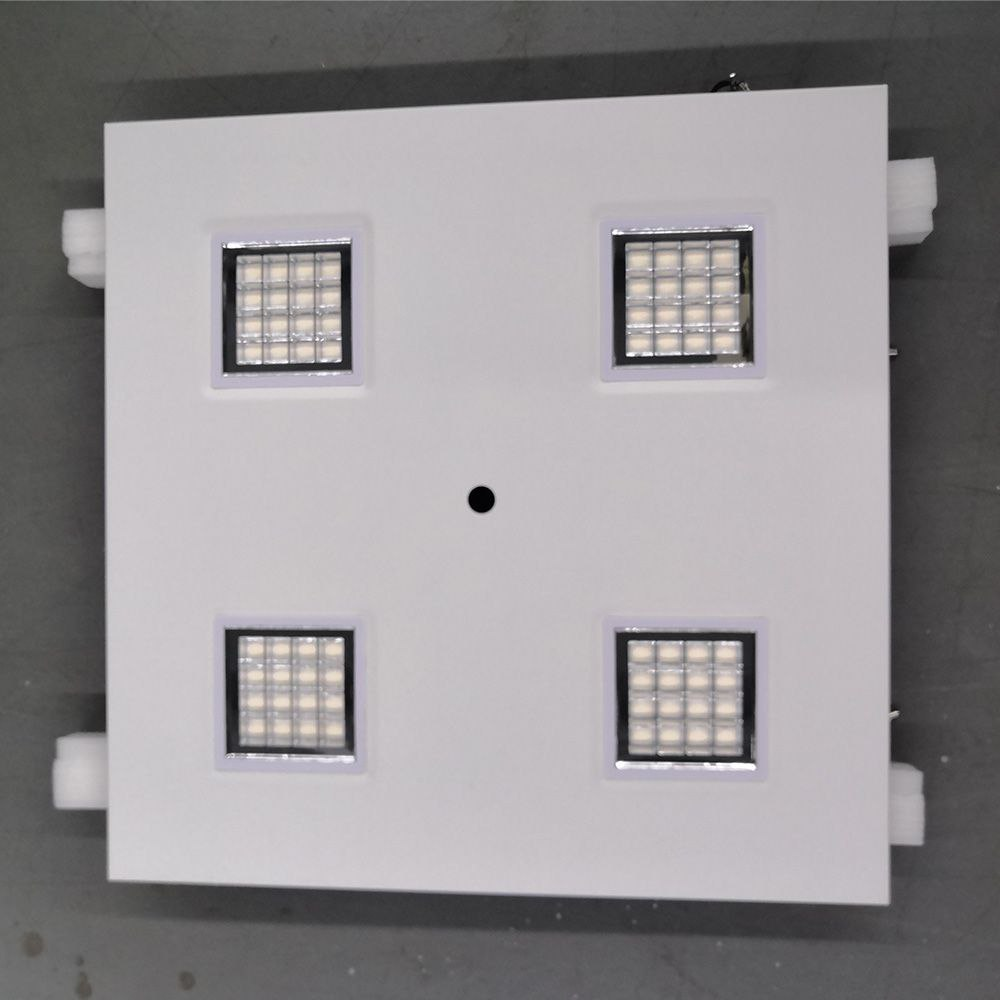
RESULTS
The customer understood the structural principles of the products through the 3D product renderings. 3D product rendering helps in providing a detailed, realistic, and factual representation of a product. It helps to visualize and understand the product structure better. Our team was responsive and efficient in addressing the client’s needs, which resulted in their speedy response in two days and satisfaction.
According to the customer, they said “Our office is aesthetically appealing and different. The modular panel light is a game changer, and adding a microwave sensor is the tip of the iceberg. It took our workspace from ten to a hundred. I can work and breathe better, and it also enhances the productivity and delivery rate of the staff. The best decision I made in a while.”
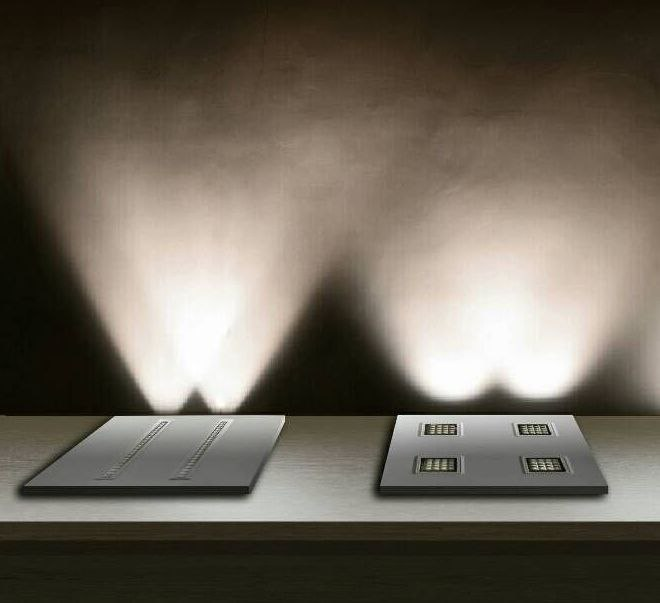
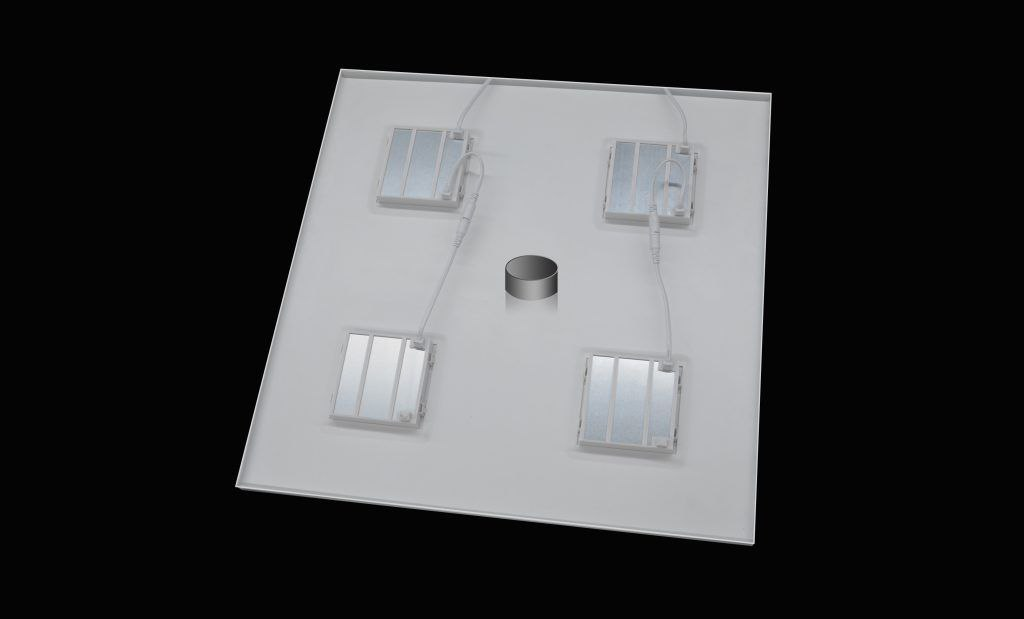
FEEDBACK:
We showed the customer the potential of two lighting products: the PN and PG series. Both have varying luminous efficacy and angles peculiar to specific areas. The PN series has a luminous angle of 80 degrees with a luminous efficacy of over 130LM/W. It is best suited for small office spaces with narrow aisles that require concentrated and focused lighting.
Alternatively, the PG series has a broad luminous angle of 85 degrees and a luminous angle of more than 150LM/W. It is best suited for large offices with broad aisles that require brighter and more widespread lighting. The PG and PN series is flexible, customized, and configured with sensors to meet any lighting need. We also provided the customer with diagrams to help with the decision-making process. Hence, our professional strategy appealed to them, and they chose one of the series while applauding our products and quality service delivery.
WHY YOU SHOULD BUY MODULAR PANEL LIGHT WITH MICROWAVE SENSOR:
One of the biggest challenges facing most companies today is making their spaces more eco-friendly. Most Companies with traditional lighting barely focus their attention on the effects of lighting on the environment or the health and well-being of employees.
With the evolution and advancement of technology, lighting has combined environmental awareness with employees’ needs to create a lighting system that can increase productivity and workplace well-being.
This is where the modular panel light with the microwave sensor comes in. It has a longer lifespan than traditional incandescent bulbs. You can keep the modular panel light on every day all day, and it will keep working for three to five years.
Modular Panel Light With Microwave Sensor also provides better quality illumination. It is energy-saving and has a low maintenance cost.
Modular panel lights are composed of individual panels in varying configurations that allow for easy customization and can work as long as modules or drivers are replaced.
It is best suited for businesses looking to improve their environmental footprint, eco-friendly practices, productivity, and the mental well-being of employees.
Most Common Modular Panel Light With Microwave Sensor Problems?
● How do you add a sensor to the panel light?
Open a hole from the middle of the panel flexibly.
Make sure you match the microwave sensors you want with the panel, such as the microwave sensor, daylight sensor, and PIR sensor.
● Overly sensitive sensor?
Overly sensitive detection is probably the biggest problem of using microwave sensors compared to some of the other alternatives.
Apart from the incorrect placement of the sensor, one of the major causes of overly sensitive sensors is that microwave sensors can detect through walls, through glass, and even through some metals.
When a sensor is overly sensitive, it triggers off all the time, causing a problem for the user. You can fix it by adjusting the settings or position. However, We advise that you are better off going with an alternative like a PIR detector.
● Sensor Not Detecting Motion?
The whole reason why we are automating our lights with sensors is to make our lives as easy as possible, so it is utterly disappointing when the sensor fails to detect our presence.
The motion sensor not detecting presence can be a common problem for the users when it is positioned wrongly and not set up in the best detection range of the sensor.
The height it is mounted at is crucial, as the higher we can place it, the more likely it is to detect us from a distance further away.
Just be careful not to position it too high cause it can end up causing another problem where the light is overly sensitive and triggering all the time.
● Lights not turning on and off?
When lights do not automatically turn on or off, it fails the whole purpose of using a motion detector in the first place.
When the light is not turning on or off, this can be caused by the sensor picking up movement everywhere, so it never gets a chance to turn on or turn off, or it could be that the timer setting needs adjusting. Accumulation of debris around it can also hamper the sensor’s performance.
One of the best ways to fix this is to install an override switch during the installation of motion sensors of any kind.
CONCLUSION:
Modular Panel Light With Microwave Sensor is the ideal replacement for traditional lighting. It is only allowed to be used in indoor environments, and OLAMLED promises a full warranty for anyone buying the product from us.
It can not be used in harsh environments, including high/low temperatures, high humidity, high salinity, high ammonia, and many more.
A quick reminder: The warranty policy is no longer warranted in the event of any incorrect application or placement of the microwave sensor.
In addition to standard products, we can customize your size, color temperature, power function, luminous efficacy of light source, connection method, label style, logo, packaging, and many more.
Don’t hesitate to contact us today!
